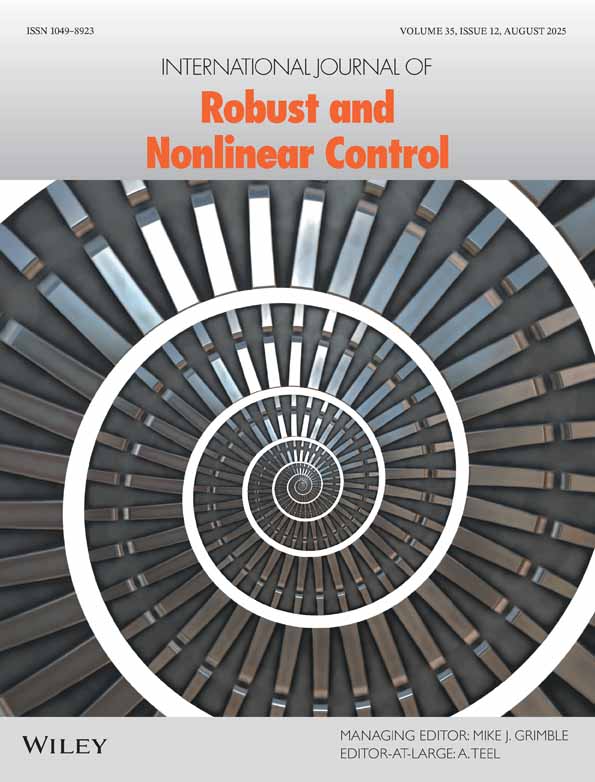Predictive multiple model switching control with the self-organizing map†
This article is a U.S. Government work and is in the public domain in the U.S.A.
Abstract
A predictive, multiple model control strategy is developed by extension of self-organizing map (SOM) local dynamic modelling of nonlinear autonomous systems to a control framework. Multiple SOMs collectively model the global response of a non-autonomous system to a finite set of representative prototype controls. These prototype controls partition the control space and incorporate experiential knowledge gained from decades of operating the targeted application, a transonic wind tunnel. Each SOM provides a codebook representation of the tunnel dynamics corresponding to a prototype control. Different dynamic regimes are organized into topological neighbourhoods where the adjacent entries in the codebook represent the global minimization of a similarity metric. The SOM is additionally employed to identify the local dynamical regime, and consequently implements a switching scheme that selects the best available model for the applied control. SOM-based linear models are used to predict the tunnel response to a larger family of control sequences which are clustered on the representative prototypes. The control sequence which corresponds to the prediction that best satisfies the requirements on the system output is applied as the external driving signal. Comparison of the new controller against the existing controller shows the superiority of our method. Published in 2002 by John Wiley & Sons, Ltd.




